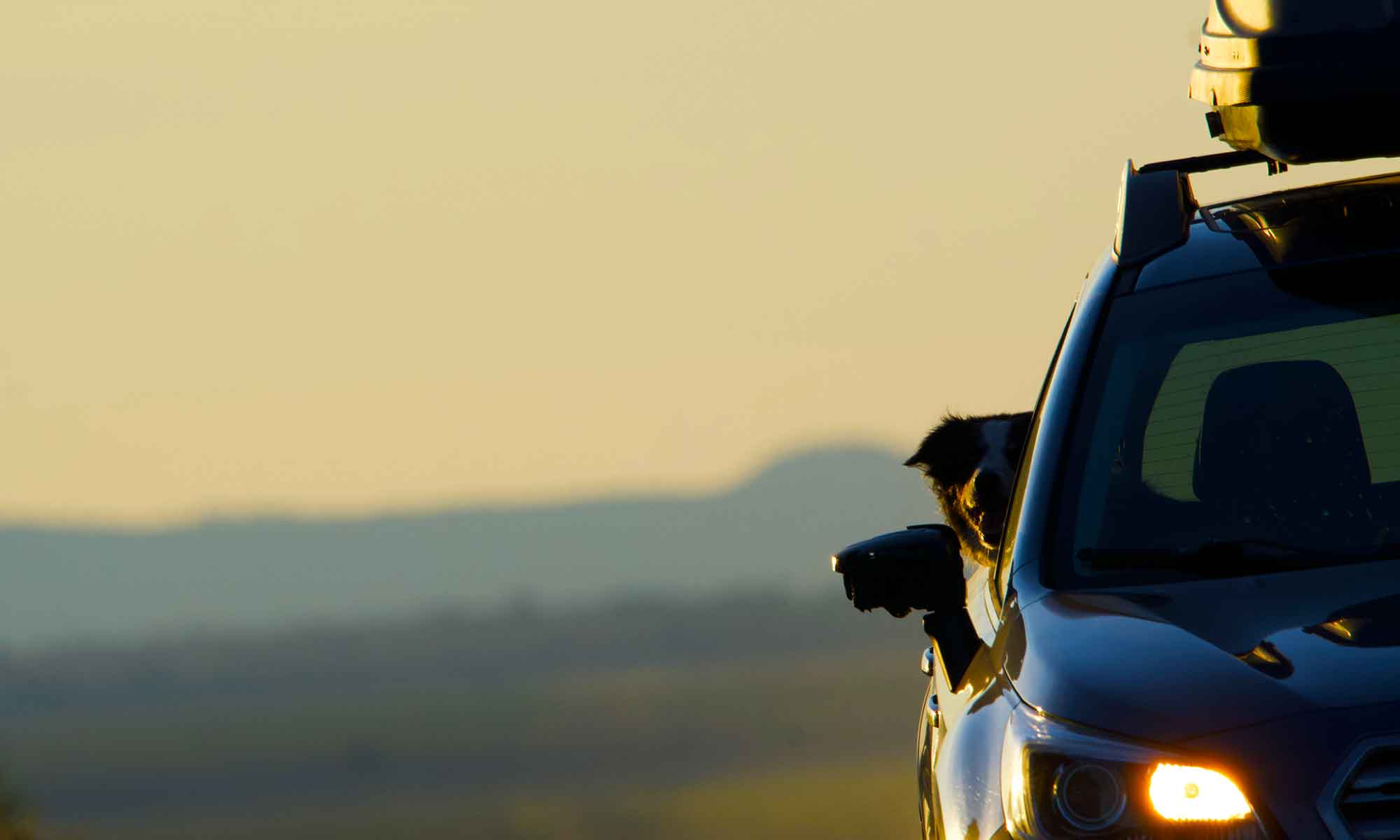 We enjoy planning road trips.
We enjoy planning road trips.
Short or long it doesn’t matter. Maps come out, calendars are penciled in … its all good stuff. Personally, I think we like the possibilities of a new adventures, as much as the trip itself.
We used to be limited by vacation time. So, of course it was all about “getting there.” Now, not so much. Since retiring, we’ve adjusted our mindset and have slowed things down.
All those roadside stops we used to zip by are now interesting. We stop at historical markers, geological sites, scenic outlooks … heck, even wide spots in the road.
Some of this dawdling has had some surprising results like: catching a storm front near Biggs, driving through freezing fog south of Pendleton, viewing dippers on the Malheur River, enjoying a sunset in Yosemite and marveling at the Metolius Balancing Rocks (a small wide spot with trail that lead to this geological wonder).
All because we started with a plan, then changed it.













 Explained in an earlier post, the expanse of land between home and western Montana is too much for a day’s drive and also a bit formidable in the blast of summer’s heat. Any route includes several hundred miles of desert driving through either Idaho or Nevada and eastern Oregon.
Explained in an earlier post, the expanse of land between home and western Montana is too much for a day’s drive and also a bit formidable in the blast of summer’s heat. Any route includes several hundred miles of desert driving through either Idaho or Nevada and eastern Oregon. Few places on earth offer a more barren landscape than
Few places on earth offer a more barren landscape than 


 There is a loop drive through the park offering lots of different angles on the unique landscape.
There is a loop drive through the park offering lots of different angles on the unique landscape.
 A recent road trip was meant, primarily, as a shakedown for the Eurovan and us as campers. To date our “vanlife’ has been overnight fishing trips. Now, we are going to be on the road for a week or more.
A recent road trip was meant, primarily, as a shakedown for the Eurovan and us as campers. To date our “vanlife’ has been overnight fishing trips. Now, we are going to be on the road for a week or more.















 Been there and got the hat.
Been there and got the hat. Some of my more memorable fishing experiences involved the Gallatin River, but that was nearly 50 years ago. When you put it like that, I feel quite old.
Some of my more memorable fishing experiences involved the Gallatin River, but that was nearly 50 years ago. When you put it like that, I feel quite old.




